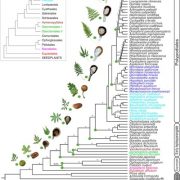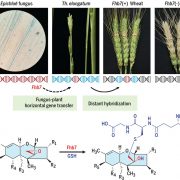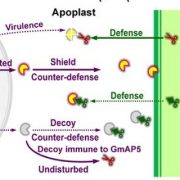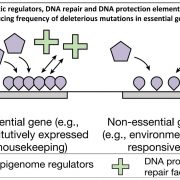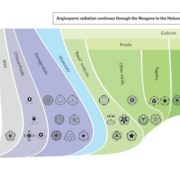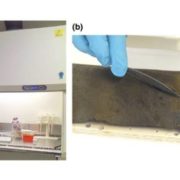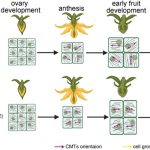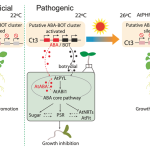A large effect genetic trade-off is caused by a single mutation in CBF2
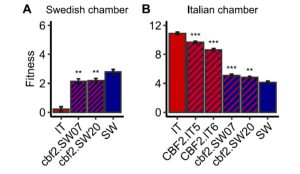 Understanding the genetic basis of local adaptation of a species is an important but thorny problem. Now that whole genomes are readily characterized, it’s not hard to see lots of differences between populations, but pulling meaning and demonstrating functional consequences out of those differences is very difficult. Here, Lee et al. convincingly show that the well-known cold-responsive transcription factor CBF2 has both positive and negative fitness effects, in a context-dependent manner. Previous studies have shown that initiating the cold acclimation response when it isn’t beneficial is detrimental to plant growth. In this work, the authors compared the impact of a naturally-occurring CBF2 polymorphism on fitness in Sweden (where cold acclimation is necessary) and Italy (where it is not), using near-isogenic lines (NILs) outdoors and gene-editing plants in growth chambers. The authors note that the NIL lines include larger genomic regions and several polymorphisms besides CBF2, but the NIL results are corroborated by the gene-edited plants (which can’t be grown outdoors in the EU). The authors recorded the fitness of hundreds of individual plants, using per-plant fruit number as a measure of fitness as it encompasses both survival and fecundity. Their results showed that at both locations, plants with the “wrong” CBF2 allele fared significantly worse than those with the right allele. Interestingly but not surprisingly, the “wrong allele” plants in Sweden took the biggest hit on survival (death by cold when acclimation doesn’t occur), whereas the “wrong allele” plants in Italy took the biggest hit on fecundity (with the precise mechanism to be determined). (Summary by Mary Williams @PlantTeaching) bioRxiv https://doi.org/10.1101/2023.09.11.557195
Understanding the genetic basis of local adaptation of a species is an important but thorny problem. Now that whole genomes are readily characterized, it’s not hard to see lots of differences between populations, but pulling meaning and demonstrating functional consequences out of those differences is very difficult. Here, Lee et al. convincingly show that the well-known cold-responsive transcription factor CBF2 has both positive and negative fitness effects, in a context-dependent manner. Previous studies have shown that initiating the cold acclimation response when it isn’t beneficial is detrimental to plant growth. In this work, the authors compared the impact of a naturally-occurring CBF2 polymorphism on fitness in Sweden (where cold acclimation is necessary) and Italy (where it is not), using near-isogenic lines (NILs) outdoors and gene-editing plants in growth chambers. The authors note that the NIL lines include larger genomic regions and several polymorphisms besides CBF2, but the NIL results are corroborated by the gene-edited plants (which can’t be grown outdoors in the EU). The authors recorded the fitness of hundreds of individual plants, using per-plant fruit number as a measure of fitness as it encompasses both survival and fecundity. Their results showed that at both locations, plants with the “wrong” CBF2 allele fared significantly worse than those with the right allele. Interestingly but not surprisingly, the “wrong allele” plants in Sweden took the biggest hit on survival (death by cold when acclimation doesn’t occur), whereas the “wrong allele” plants in Italy took the biggest hit on fecundity (with the precise mechanism to be determined). (Summary by Mary Williams @PlantTeaching) bioRxiv https://doi.org/10.1101/2023.09.11.557195


